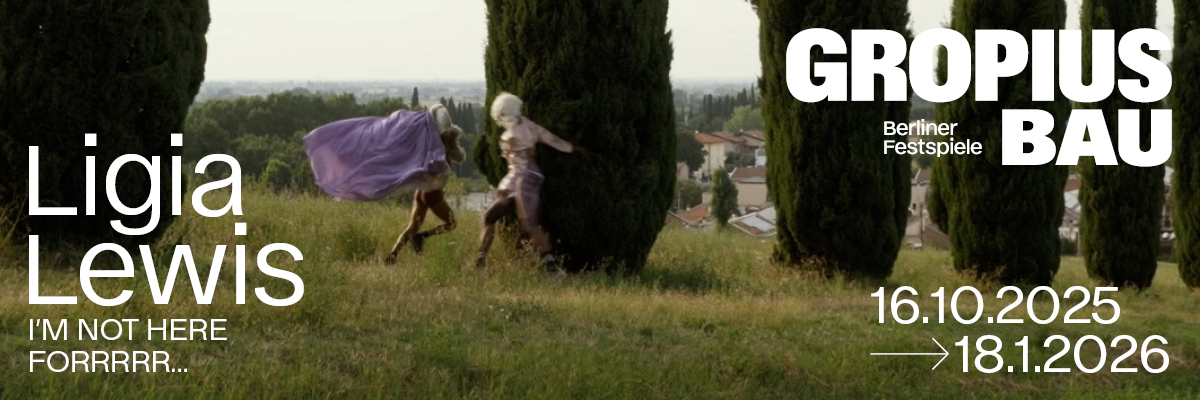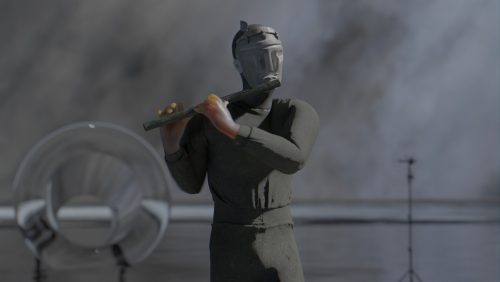
Caterina Gobbi
Siamo venuti da troppo lontano per fermarci qui
Project Info
- 💙 Castello Gamba - Museo di arte moderna e contemporanea della Valle d'Aosta
- 💚 Giovanna Manzotti
- 🖤 Caterina Gobbi
- 💜 Giovanna Manzotti
- 💛 Courtesy of the Artist, Andrea Passerini, Lorenzo Belfrond, Castello Gamba
Share on

Advertisement
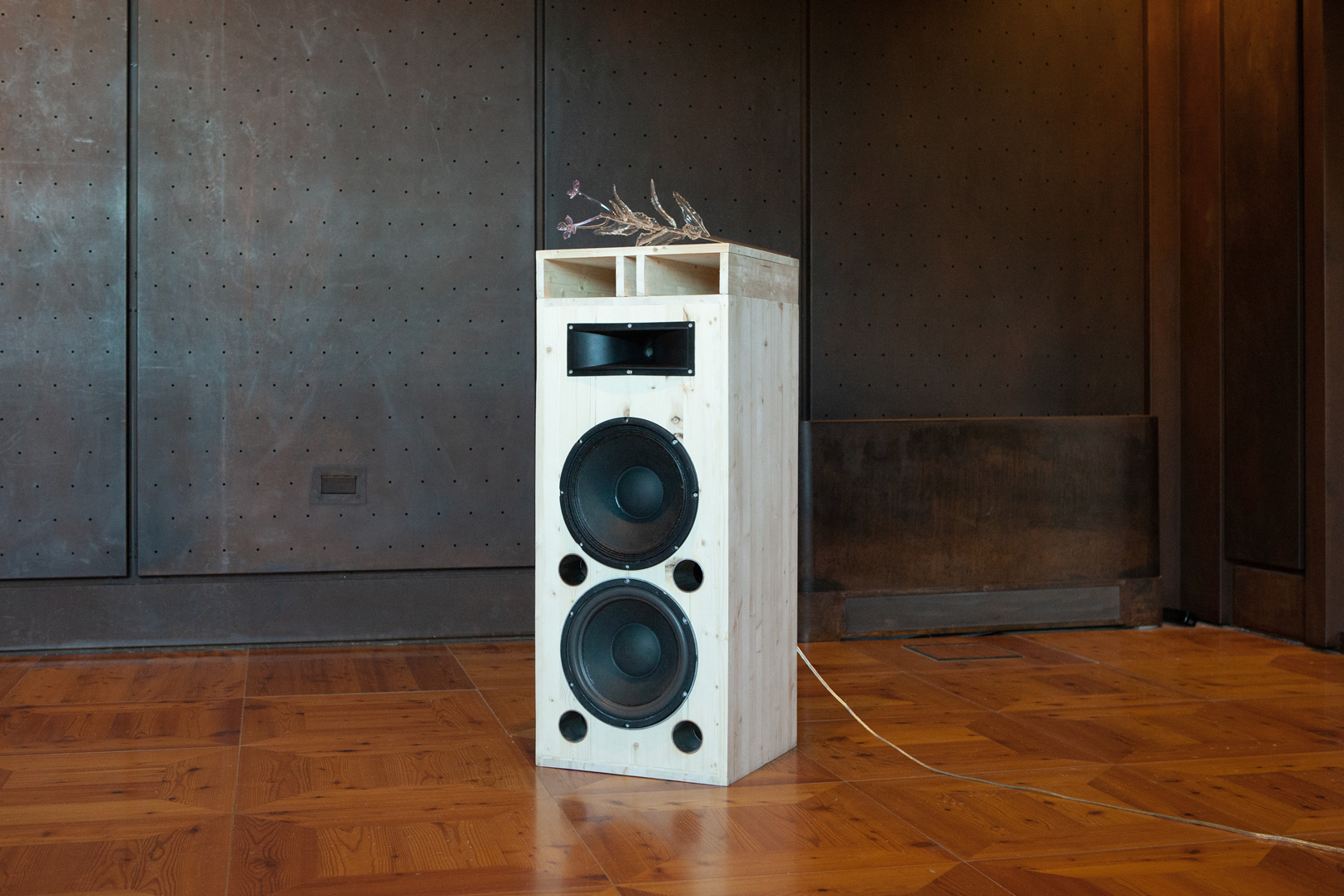

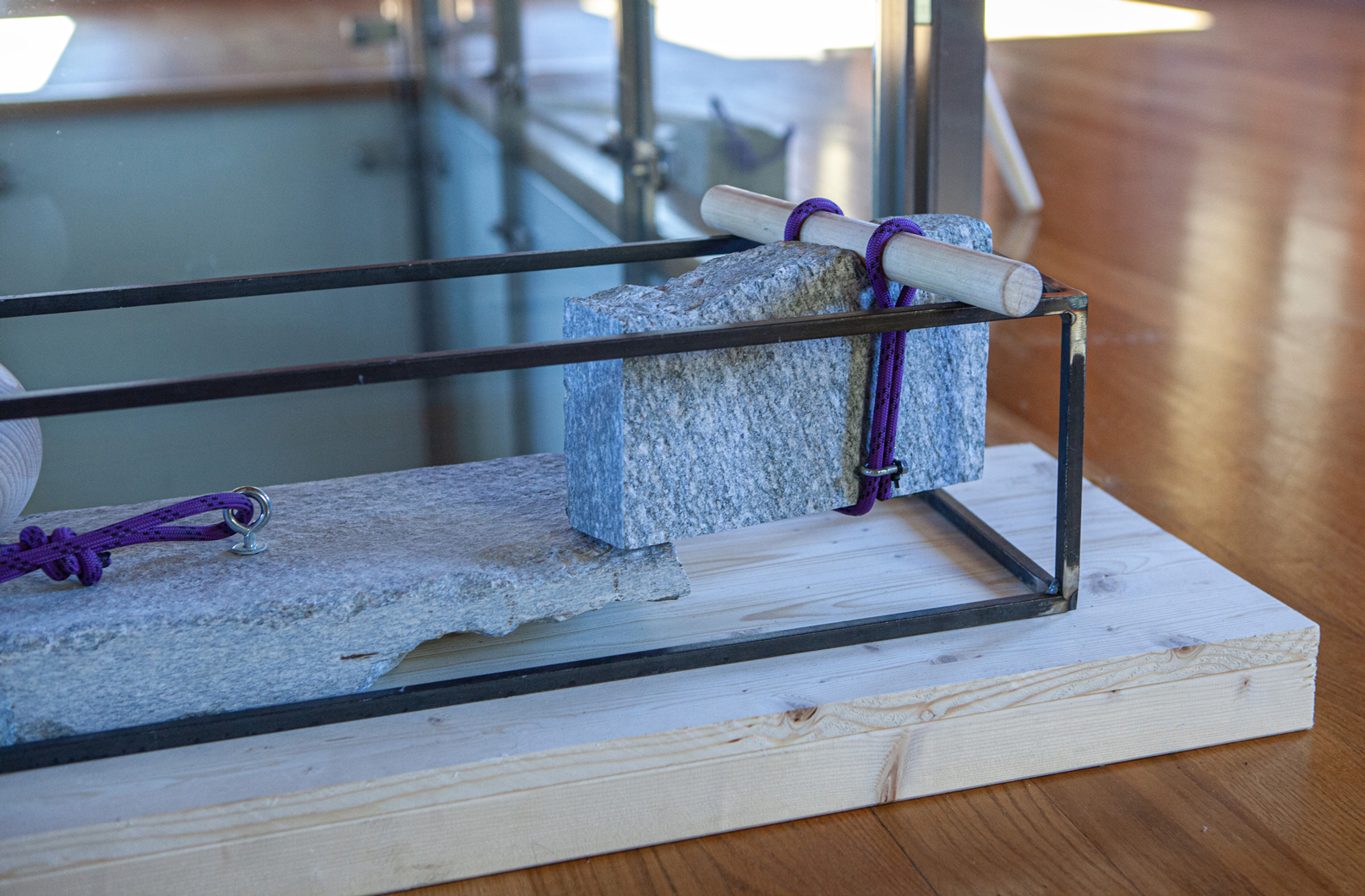
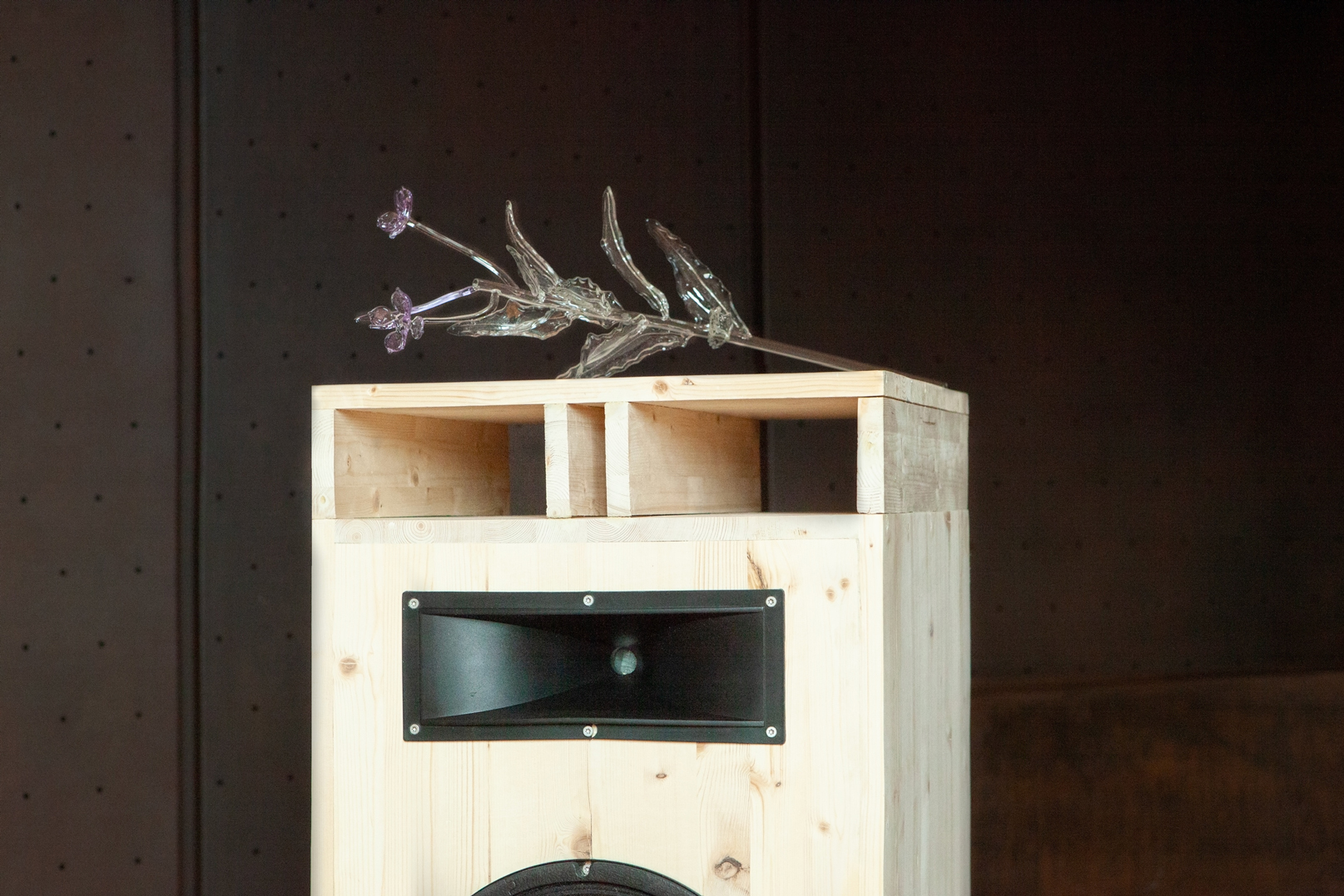
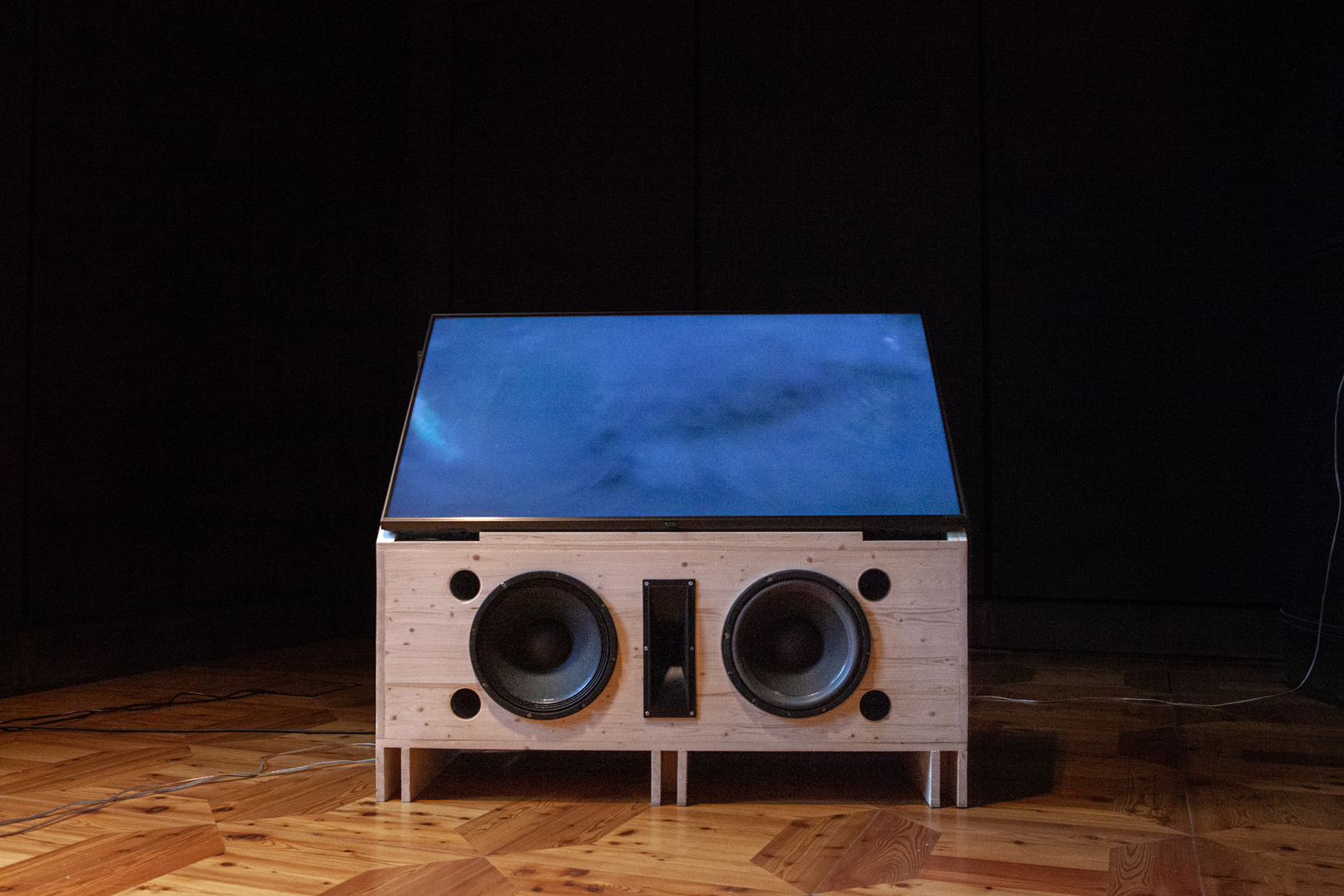

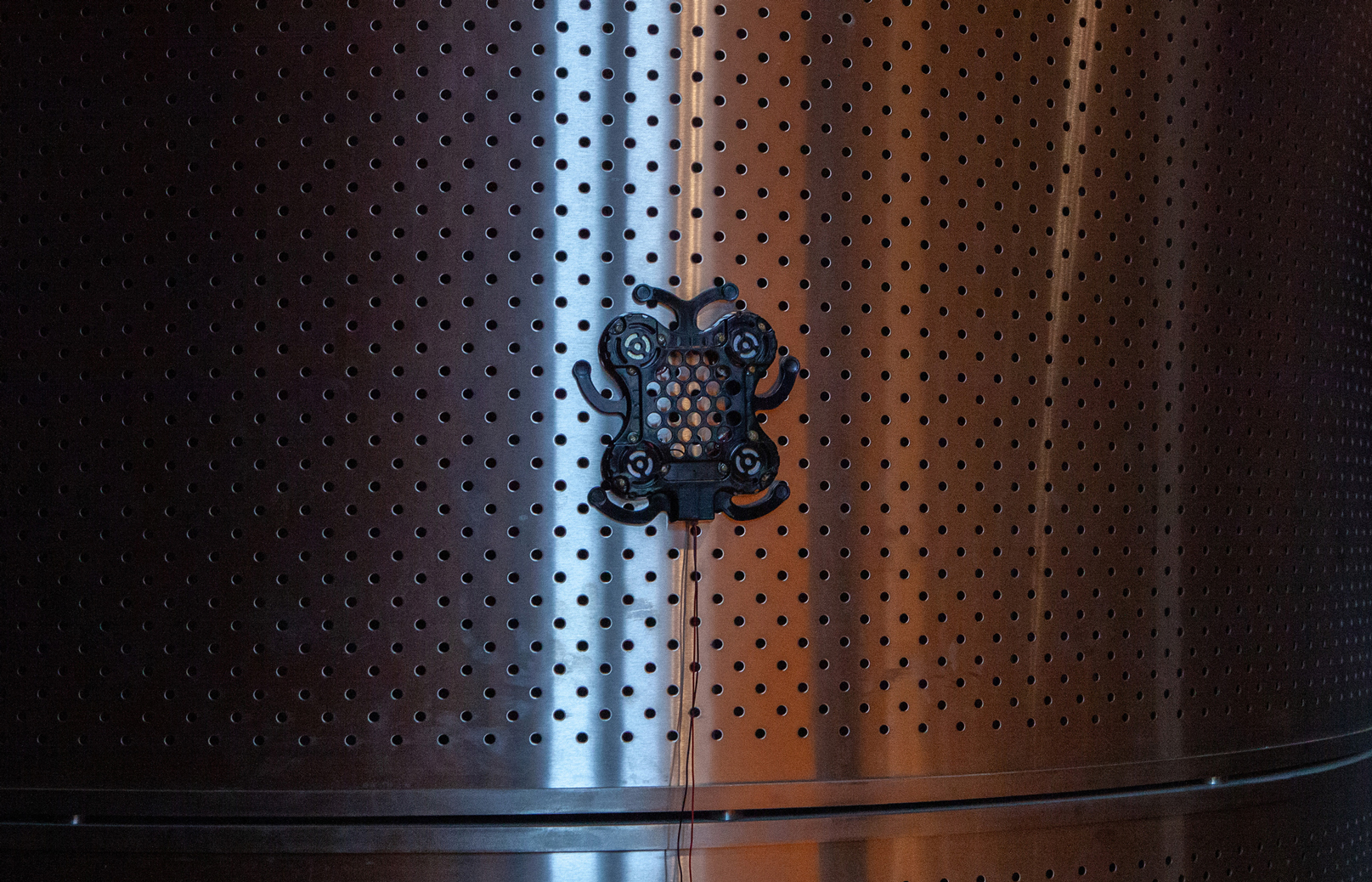


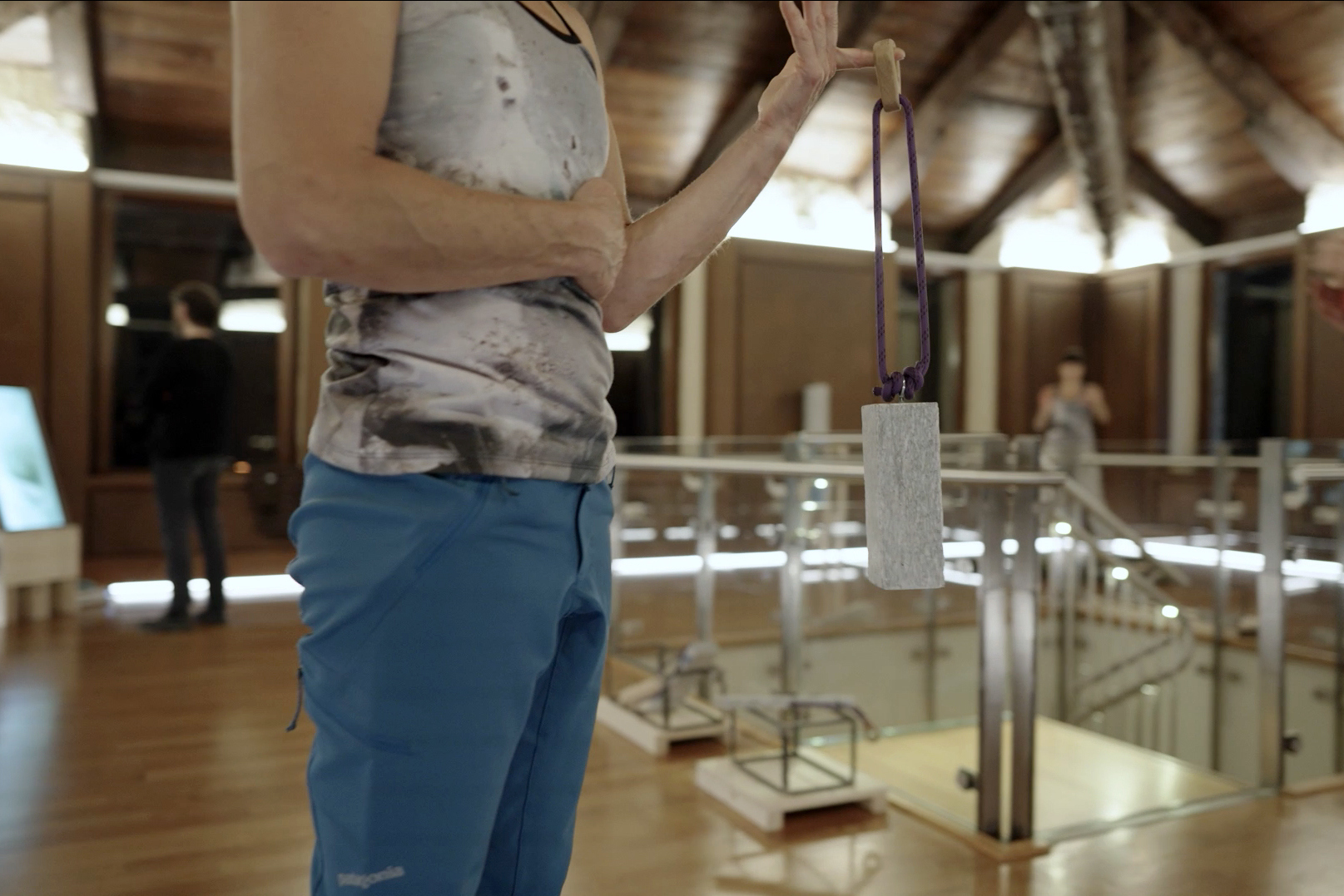

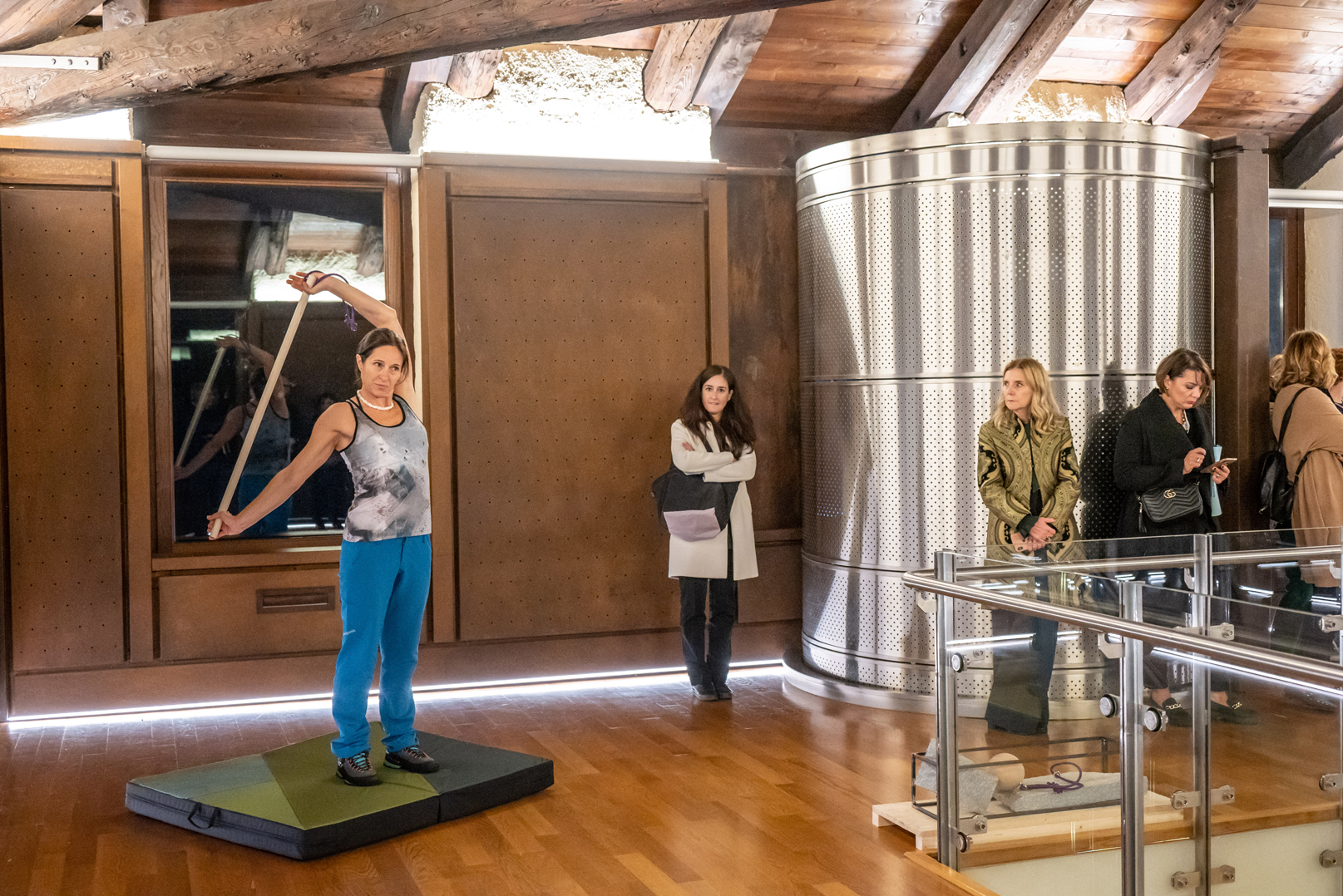
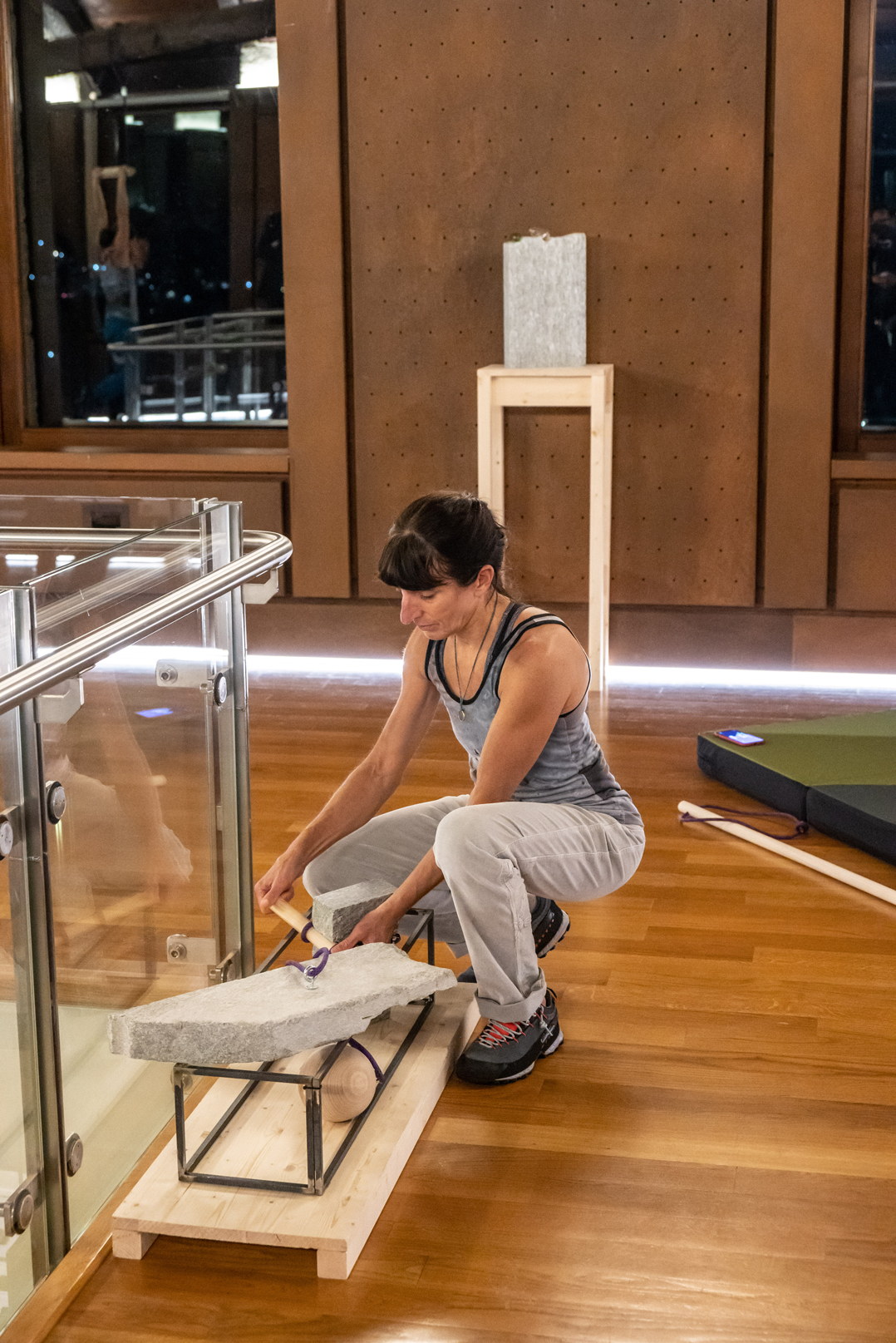
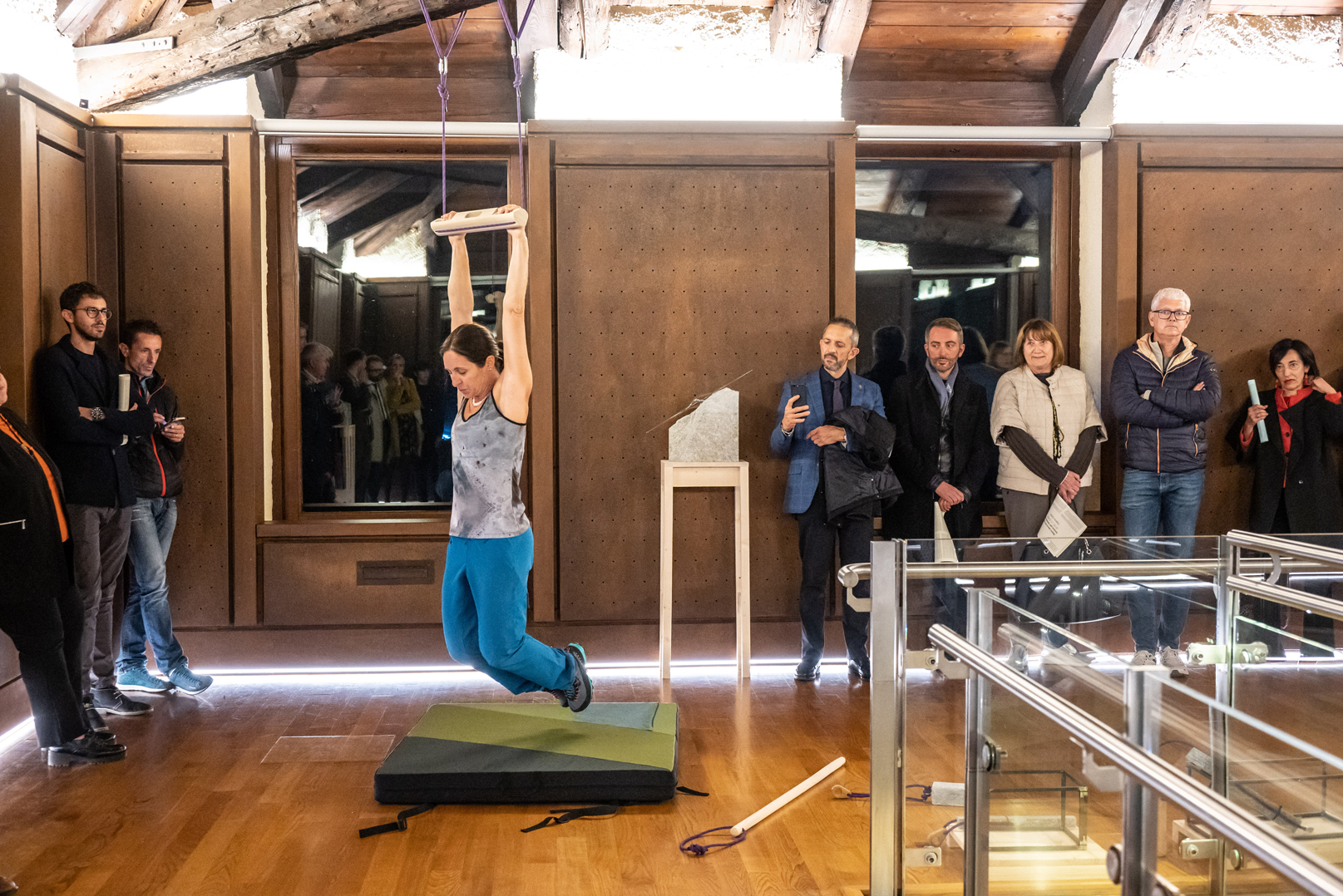


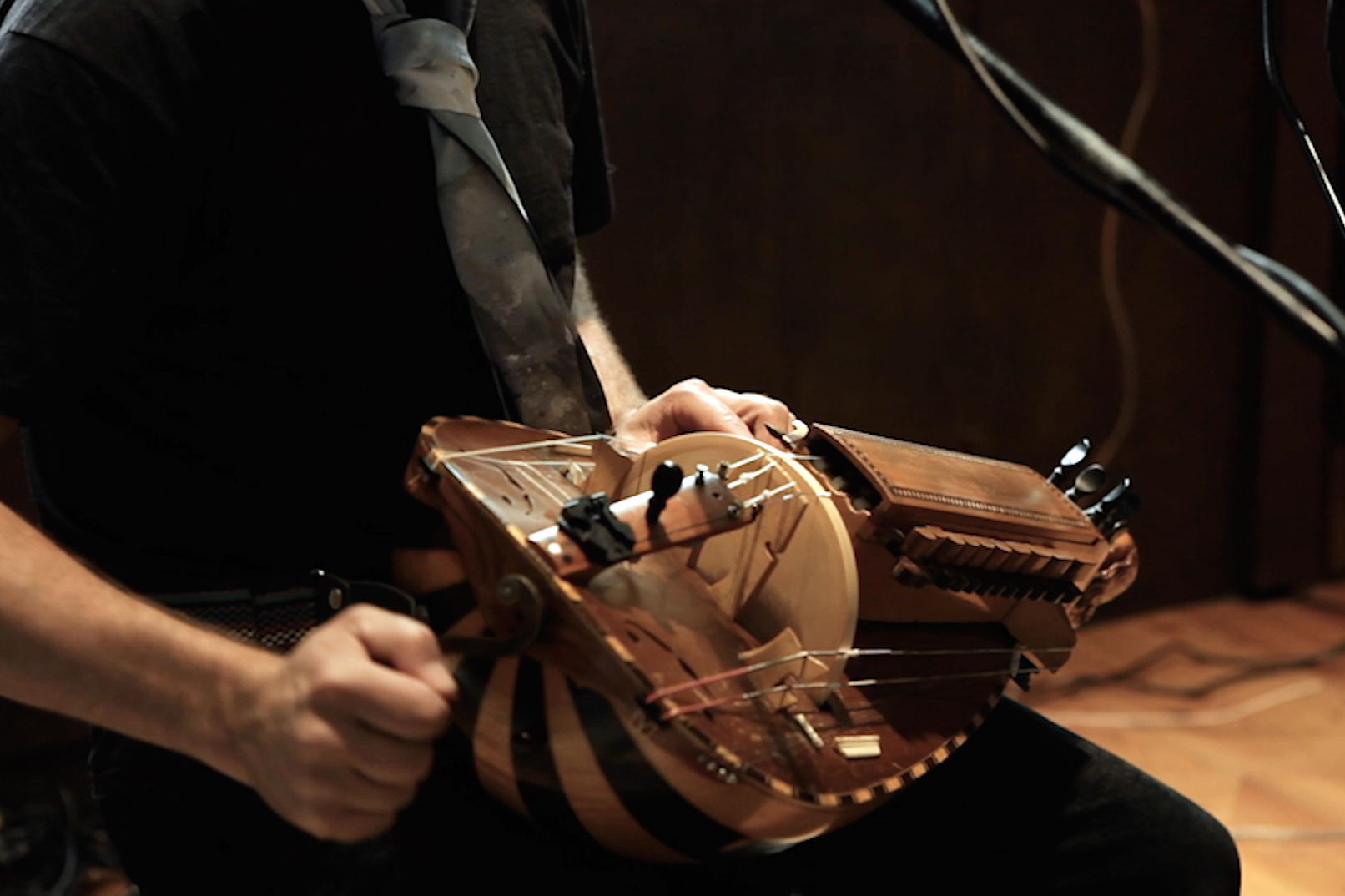
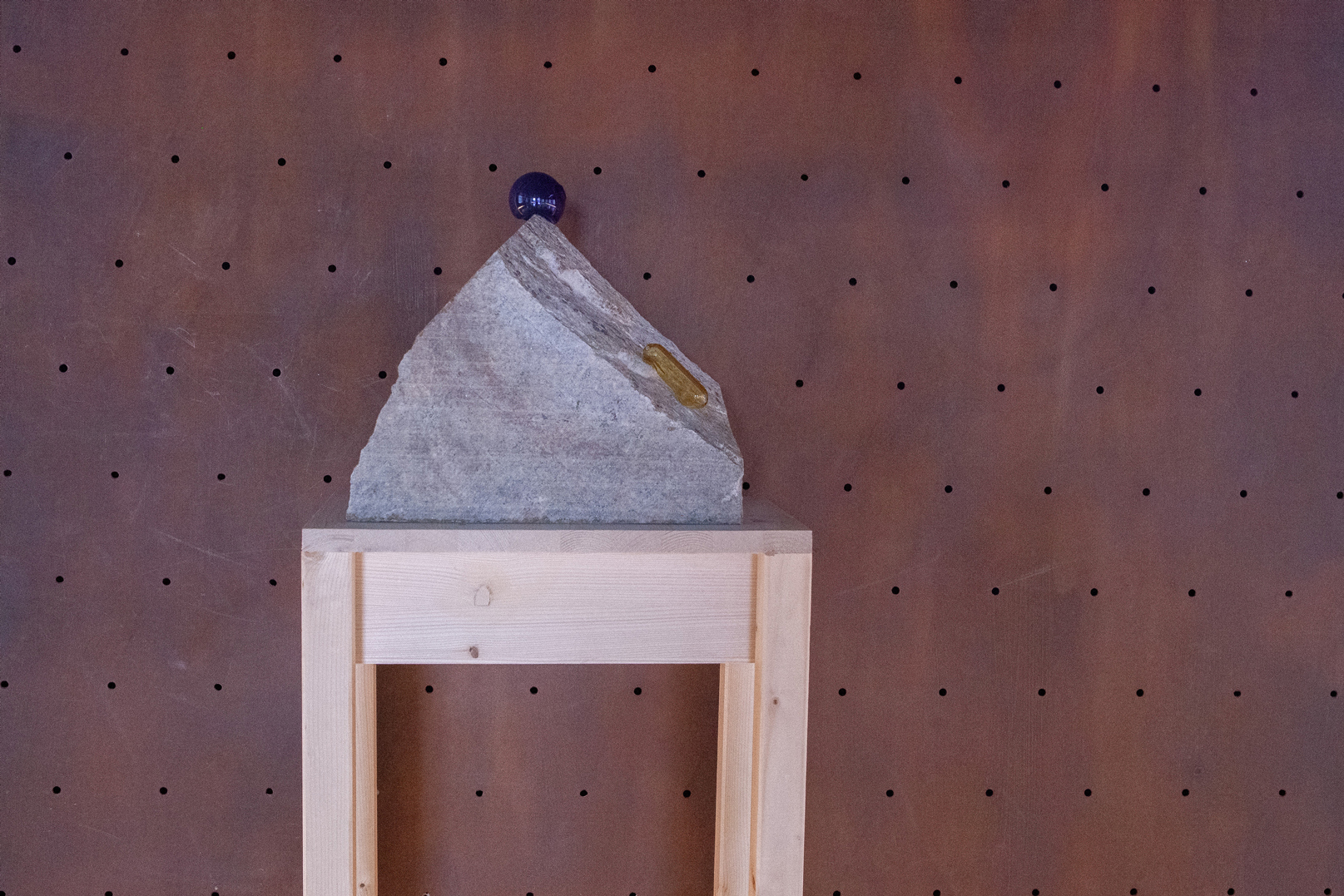
Siamo venuti da troppo lontano per fermarci qui is the first solo exhibition in Italy of the artist Caterina Gobbi. Curated by Giovanna Manzotti, the project is specially conceived for the spaces of Castello Gamba - Museum of Modern and Contemporary Art of Valle d’Aosta and marks the museum’s 10-year anniversary.
The exhibition is configured as a visual and auditory reflection on the phenomenon of the melting of glaciers and the rapid transformation of the Alpine ecosystem, and it consists of a series of new sculptures. Displayed in the space as listening and viewing hubs, the sculptural elements function as points of emergence – “stations” in close dialogue with the verticality of the museum’s architecture, accompanying the viewer inside an open itinerary, where the museum rooms act as a voluminous sounding board that “amplifies” the idea of the mountain landscape.
The exhibition opens in Room 14 with a group of wood and metal sculptures consisting of loudspeakers and a video screen. The images and the soundtrack on view here and in Room 16 are the outcome of footage and recordings that the artist made during several excursions on the Italian side of the Mont Blanc massif. Rendered as an almost intrusive immersion in a material hybrid that amplifies and deforms the layers of rock and ice filmed by Gobbi with a 360° camera, the images are interwoven with markedly atmospheric sounds, ethereal depths of the Earth. These tracks are supplemented with narratives collected by interviewing local inhabitants and professionals such as geologists, mountain guides and botanists who specialise in the study of high mountain flora. The storytelling thus enters the flow of sound and images and rethinks it, shifting the focus to a narrative and personal level. Two glass sculptures fragile and almost impalpable of the flower species dryas octopetala and epilobium angustifolium realized by the artist in collaboration with Costantino Bormioli’s laboratory in Altare (Savona) complete the installation.
In Room 15, a carousel of making-of images taken by Gobbi during glacier excursions is embedded in the museum furniture. The architectural nature of this room allows the works below to be viewed from another perspective, providing not only an interplay of heights, but also unusual angles and vantage points, as during a high-altitude climb.
In Room 16 a screen and a sound box mounted on a wooden structure reiterate the concept of verticality, further accentuated by a staging that proceeds elastically, by tensions and releases. Punctuating the itinerary of the exhibition are a series of glass sculptures that have moulded their form by resting on granite boulders placed on wooden plinths. This physical and postural deformation in contact with natural material “is inherent not only in glaciers”, says Gobbi, “but also in bodies climbing rock faces.” The feeling of fragility, helplessness and limitedness is here encapsulated in the gesture of placing such a delicate element poised between rock and air.
During the opening, two performances are presented to the audience. The first one takes place in Room 14 where Trouveur Valdotèn (Liliana Bertolo and Vincent Boniface) interpret the sounds of the glaciers, mixing them with sung readings in Patois, Italian and French of local poems and stories by legendary authors such as Jane Austen, Rainer Maria Rilke, Arthur Rimbaud and Charles Baudelaire. Accompanied by instruments like the hurdy-gurdy, the accordion, the bagpipe and the bodhran, this performance is a moment of strong identification between the human being and his mountain environment. In the second performance, mountain guides Anna Torretta and Giovanna Mongilardi perform in Room 16 a session of floor exercises and beam routine. These are warm-up movements, training (such as strengthening fingers and arms) and physical preparation which are typical for high altitude climbing, and to prepare the body and mind for muscular effort and concentration.
From November 2, the documentation of the two performances will be shown in the project space close to Room 15.
Giovanna Manzotti
